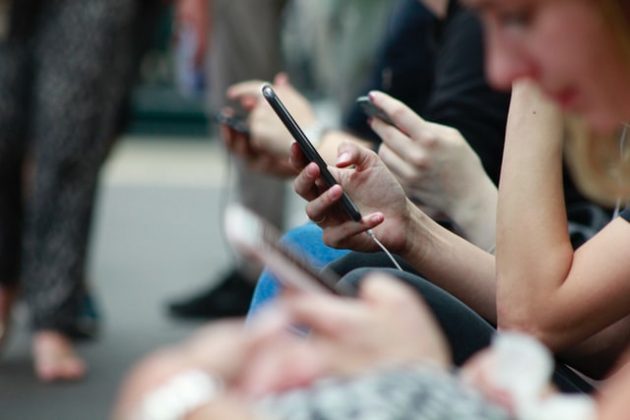Can you imagine your life without a computer and smartphone? Difficult, right? The leading role of technology in all spheres of life in recent decades is undeniable. And the year 2021 already brings data that prove that this consumption growth is only going to increase.
According to the new edition of the Digital Global Overview Report, a report published annually by Hootsuite in partnership with We Are Social, it points out that, just earlier this year, the time a user remains online is already almost 7 hours a day (6 hours and 58 minutes), an increase of 4% compared to 2020.
But this is a global average. When the cut is made by region, the numbers for Brazil are even higher. The country is in second place in the ranking, with Brazilians staying connected, on average, 10 hours and 08 minutes a day.

What all this data shows is that the relationship with technology is getting closer and at an accelerated pace – and there are no signs that it will decrease. However, even though all of these features facilitate communication, shorten spaces and offer various entertainment options, there is a price for this connection at all times.
The excessive use of technology has brought harm to the body and generated concern for the medical community and for those who already feel the effects of long hours of connection.
If you’ve never thought about how being connected at all times can be impacting your health, get to know 7 diseases caused by the excessive use of technology.
1) Nomophobia
Nomophobia is an irrational fear of distancing oneself and being without a cell phone or other electronic devices, that is, it is related to a digital addiction to various technologies. The term was created in 2008, in an article in the UK Post Office, to abbreviate the English expression “no-mobile”. As an effect, nomophobia can cause problems with social interaction and communication difficulties.
2) Google Effect
The Google effect refers to a neurological change that is taking place due to the easy access to information that technology has made possible – “I don’t know/remember something, I ask Google”. What happens is that, due to this behavior, the brain has adapted and retained information less intensely, since it is possible to find it online. In other words, we are memorizing facts less and less.
3) Phantom Touch Syndrome
The concept of phantom touch first appeared in Dr. Larry Rosen’s book “iDisorder”, in which the expert points it out as one of the most common diseases of the online era. Phantom ring syndrome refers to the moment when the brain makes a person feel that the cell phone is vibrating in the pocket, and the device is not there.
4) Sleep Disorder
Although many people use electronic devices in order to fall asleep more easily, in fact, it is having the opposite effect. The lights and sounds emitted by the cell phone, just before sleep, put the body in a state of alert, causing the body to produce less melatonin (the hormone responsible for sleep). In fact, it is very common that heavy users (heavy users) complain of insomnia.
5) Problems in the spine
Tilting your head to touch your cell phone seems a simple and banal act, but it ends up exerting a load far beyond what the neck can support, altering the spine’s weight force line. To give you an idea, the cervical spine can support a maximum of 6 kilos; depending on the inclination to use the cell phone, a load of up to 27 kilograms is applied. This excess effort can lead to muscle fatigue, damage to the discs in the cervical spine, tingling and a lot of pain.
6) Hearing loss
As technology advances, headphones are becoming more powerful and full of features. However, the use of high volume is one of the most responsible for users’ hearing loss. For the growing number of cases, the World Health Organization (WHO) reported that, around the world, half of young people listen to music at volumes harmful to the eardrums.
7) Change in view
With the effort to see on small screens, the eyes of the more connected are finding it difficult to see in larger places. What happens is a “false myopia” caused by intense contraction of the muscles of the eyes when forced for a long time. In addition to the eventual difficulty in seeing more distant objects, there are burning, irritation, redness and a feeling of tired eyes as consequences.
Solutions for the excessive use of technology
The big secret to using technology to your advantage and without harming the body is moderation. And no radical measures are needed – just a few changes in habits are enough to avoid these diseases or alleviate the effects already felt. Here are some:
- Reduce your time online.
- Turn off notifications.
- Take periodic breaks to stretch your body.
- Mute your phone during activities that require greater concentration.
- Avoid taking electronic devices to bed around bedtime.
And yet, there is a recent syndrome that has also affected the most connected: FOMO. The “fear of missing out” or “fear of missing something” has been a recurrent phenomenon and much felt by new generations. Understand what fear of missing out is and how to deal with it.


